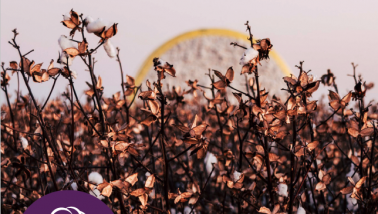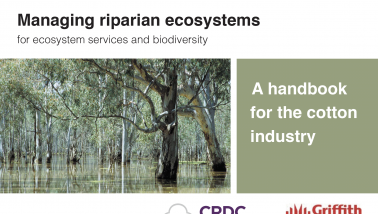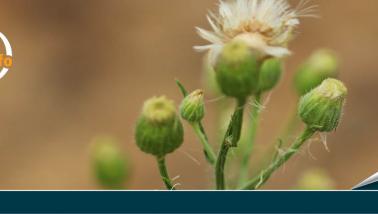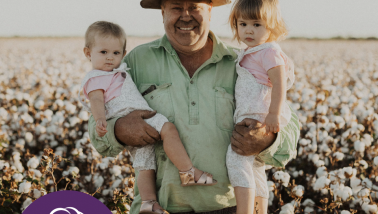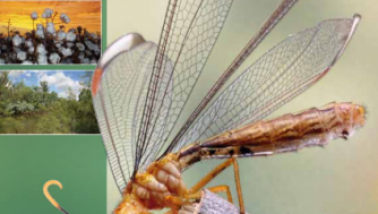We are working to improve sustainability in 9 key areas. The second of these is reducing net emissions from greenhouse gases: less emissions, more sequestration.
Why this is a priority?
Like many other agriculture sectors, cotton is both impacted by climate change and can help reduce its effects.
The production of cotton creates greenhouse gases, which are creating extra heat in the global climate system. Cotton farms also store atmospheric carbon dioxide as carbon in soil and vegetation.
While cotton is a relatively small contributor – about 0.2 per cent of…
Read More

